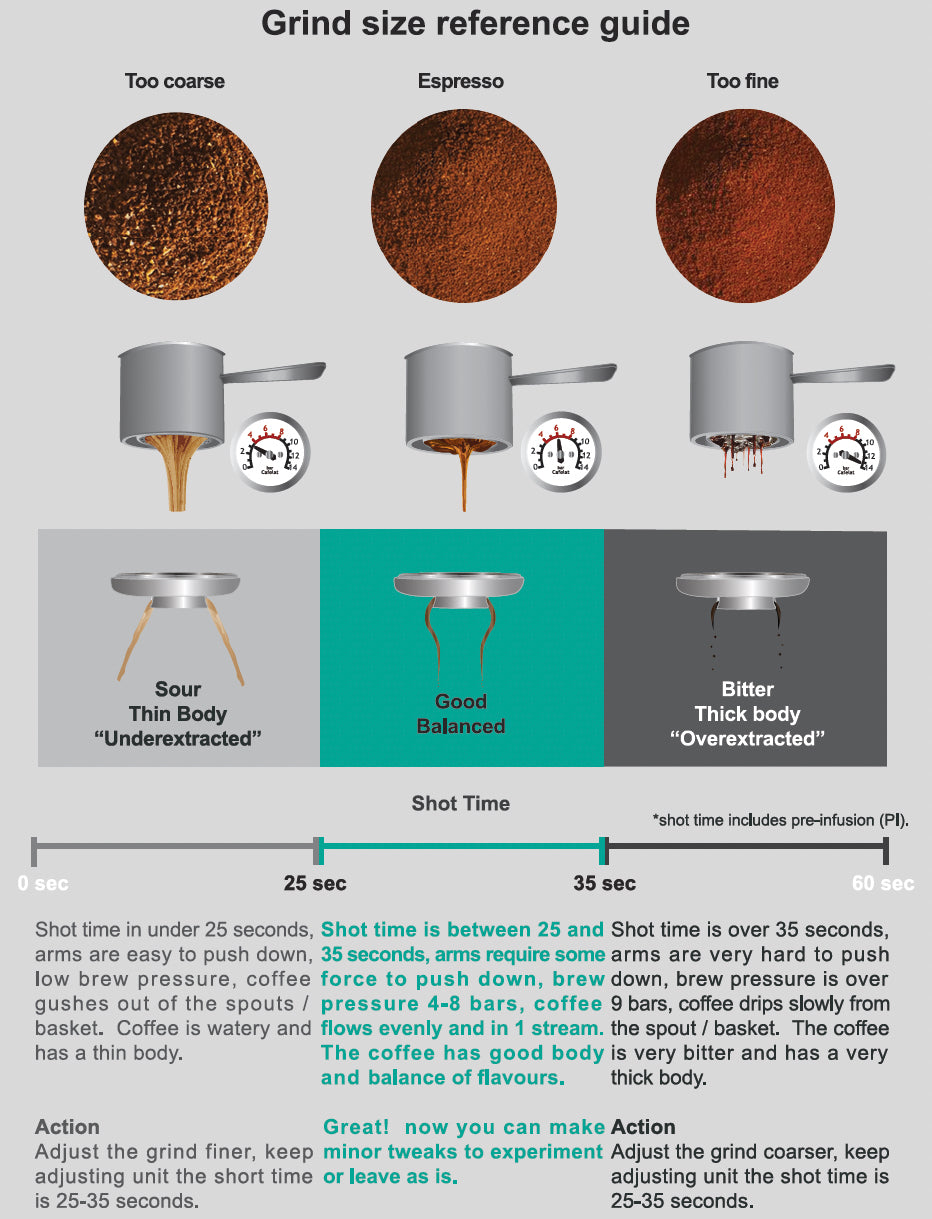For home baristas, perfecting the timing of espresso extraction is crucial for creating an exceptional coffee experience. The key to crafting a great espresso lies in finding the right balance between timing, grind size, and flow rate. When I first started, it seemed like a complex task, but once I understood the fundamentals, it became an enjoyable part of my routine. Dive into the features and performance in our DeLonghi Magnifica Evo review

Why Timing Matters in Espresso Extraction
Timing plays a crucial role in achieving a balanced and flavorful espresso. It directly impacts the extraction of flavors from the coffee grounds. A short extraction time results in under-extraction, producing sour, sharp flavors with little depth. Conversely, a long extraction time leads to over-extraction, which produces bitterness and an unpleasant aftertaste. Learn why this classic model stands out in our DeLonghi Magnifica S review
Methods for Timing Espresso Extraction
From my personal experience, I’ve noticed two main approaches to timing espresso extraction. Some baristas start the timer when the pump is turned on, while others begin when the first drops of espresso are visible. I personally prefer starting the timer as soon as I engage the pump, as it includes the pre-infusion stage and helps maintain consistency across all shots. Discover the convenience and technology in our Philips LatteGo 5400 review
Finding the Ideal Extraction Time
An ideal extraction typically falls between 25 and 35 seconds. After numerous trials, I’ve found that a 30-second extraction yields the best results. If the extraction is shorter than 25 seconds, it’s likely under-extracted and can taste weak and sour. If it runs longer than 35 seconds, you’ll end up with an over-extracted shot that has a bitter flavor. Explore the compact design and features in our Philips 3200 LatteGo review
Adjusting Grind Size for Consistent Extraction
Grind size is directly linked to extraction time. A finer grind slows down the flow of water, leading to a longer extraction, while a coarser grind speeds up the process. If your shot extracts in under 25 seconds, your grind is likely too coarse. On the other hand, an extraction over 35 seconds suggests your grind might be too fine. After multiple attempts, I found the right grind size that improved the consistency and quality of my espresso. Get all the details on versatility and functionality in our Philips 4300 LatteGo review
Let the Flavor Be Your Guide
Though timing is essential, flavor should always be your guiding principle. A well-balanced espresso features a mix of sweetness, acidity, and body. If your espresso tastes sour or thin, it’s likely under-extracted, and adjusting the grind size or brew ratio may help. Conversely, if your shot is bitter and dry, over-extraction may be the cause, and a coarser grind or shorter extraction time could correct this.
Common Issues and Fixes in Espresso Extraction
Here are some common problems and how to resolve them:
- Under-extraction: If the shot pulls in less than 25 seconds and tastes sour, the grind is likely too coarse. Use a finer grind and try again.
- Over-extraction: If the shot takes more than 35 seconds and tastes bitter, the grind is probably too fine. Switching to a coarser grind will balance the flavor.
The Influence of Pre-Infusion on Timing
Pre-infusion plays a critical role in extraction time. Many espresso machines feature a pre-infusion function that wets the coffee grounds before full pressure is applied. This step can significantly improve the overall extraction. If your machine lacks this feature, you can manually replicate pre-infusion by briefly starting and stopping the pump.
Fine-Tuning Flavor with Brew Ratios
The brew ratio—the amount of coffee grounds to espresso liquid—is another key factor in espresso extraction. A typical starting point is the 1:2 ratio, where 18 grams of coffee yields 36 grams of espresso. Adjusting this ratio based on the coffee type can bring out distinct flavors.
For lighter roasts, using a longer extraction or a lower ratio (such as 1:2.5) highlights fruity, bright notes. For darker roasts, a standard 1:2 ratio helps reduce bitterness while maintaining body and richness.
The Critical Role of Sensory Evaluation
The most important step in perfecting espresso extraction is sensory evaluation. While timing provides a framework, the true success of a shot is determined by its flavor. I’ve had perfectly timed shots that tasted off due to inconsistencies in grind size or brew ratio. Through trial and error, I’ve learned to adjust these variables to consistently produce delicious espresso.
Conclusion: Perfecting Your Espresso Extraction Technique
Mastering the art of espresso extraction takes time, practice, and a willingness to experiment. By focusing on essential factors such as timing, grind size, and flavor, you’ll soon be pulling shots that rival those from professional cafés. Let sensory feedback guide your adjustments, and with patience, you’ll achieve consistently exceptional espresso.
